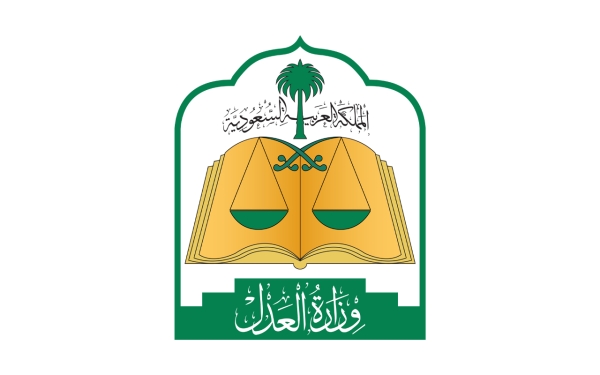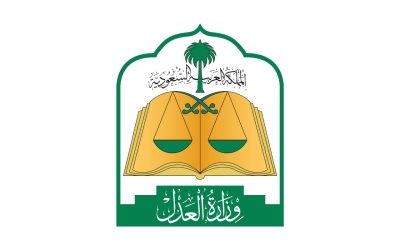
The Ministry of Justice is the entity responsible for providing judicial and documentation services in the Kingdom of Saudi Arabia. Its primary mission is to achieve justice for all, bearing the responsibility of adjudicating disputes.
Work of the Ministry of Justice
The work of the Ministry of Justice centers on preserving people's rights, establishing the principle of justice among litigants, and upholding the values, ideals, and ethics of judicial work while overseeing its systems. This is accomplished by enhancing the performance level and services of the judicial apparatus to carry out its tasks efficiently and effectively, organizing court affairs from administrative and financial aspects, supervising them, providing necessary equipment, and supplying qualified and trained human resources to courts and notaries. This ensures smooth workflow and speed of accomplishment. The ministry also oversees the sectors of advocacy and reconciliation.
Establishment of the Ministry of Justice
The Ministry of Justice was established by a Royal Order in 1962 to oversee all courts in the Kingdom and meet their financial and administrative needs. The ministry commenced its actual work and duties in 1970, with the first Minister of Justice being Mohammed Bin Ali al-Harkhan, who served until 1975.
The Ministry of Justice is one of the three ministries in the Council of Ministers that has not been merged or abolished and has not undergone a name change since its establishment. These ministries are the Ministry of Foreign Affairs, the Ministry of Health, and the Ministry of Justice. The ministry manages most of its operations from its headquarters in the capital, Riyadh. The Ministry of Justice is managed by a minister appointed by a Royal Order. He is the primary responsible for the ministry and is a member of the Council of Ministers.
Logo of the Ministry of Justice
The logo of the ministry bears several connotations. It features two swords and a palm tree, reflecting the national emblem. The emblem is interlaced with the name of the Kingdom of Saudi Arabia, written in Thuluth script. The logo includes a book, representing the Noble Quran and the Sunnah, and a scale featured in reference to justice. The logo ends with three steps on both sides of the name of the ministry. These steps refer to the three grades of courts: the court of first instance, the court of second instance, known as the court of appeal, and the supreme court.
Ministry of Justice after Saudi Vision 2030
The actual launch of the Ministry of Justice under Saudi Vision 2030 began after the first meeting of the Council of Economic and Development Affairs in 2016, when His Royal Highness Prince Mohammed Bin Salman, crown prince and prime minister, announced the launch of Saudi Vision 2030, and the ministry set thirteen strategic goals.
Sectors of the Ministry of Justice
The Ministry of Justice manages several sectors including Judiciary, enforcement, documentation, reconciliation, advocacy, and the Judicial Training Center.
The principle of establishing justice in the Kingdom dates back to before its unification by the Founding King Abdulaziz Bin Abdulrahman Al Saud, who ordered the opening of several courts in all jurisdictions. The establishment of a single judiciary presidency in the western region of Makkah al-Mukarramah in 1926 is considered the cornerstone for founding the judiciary in the Kingdom.
Currently, the Ministry of Justice has developed its work by enhancing the operational efficiency of the judicial organization, improving the beneficiary experience, qualifying and developing judicial cadres, supporting the digital transformation program, strengthening enforcement judiciary, the documentation organization, and real estate security, developing commercial courts, and integrating dispute bodies and their various committees.
Related quizzes


